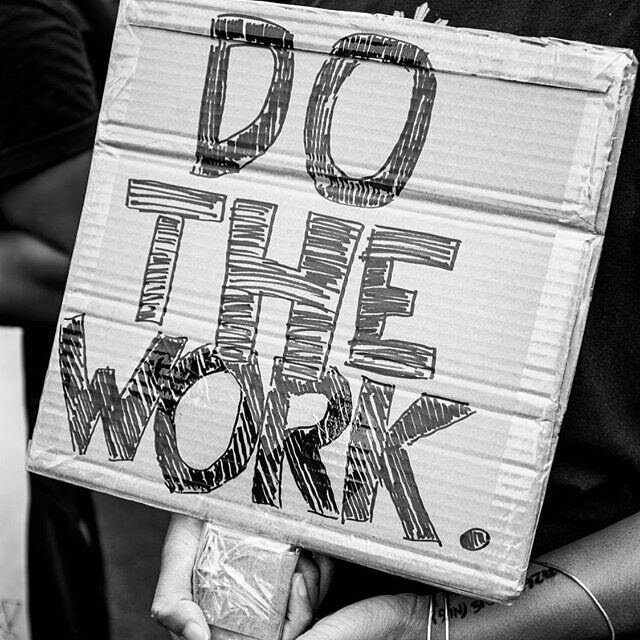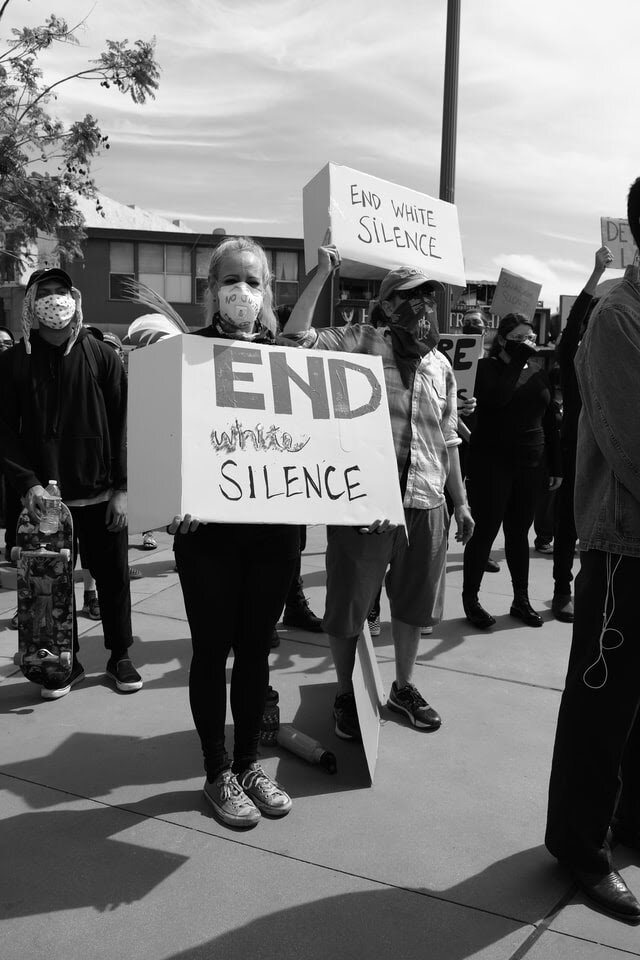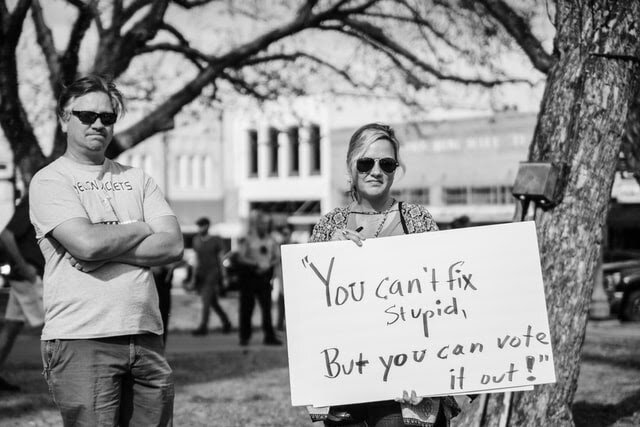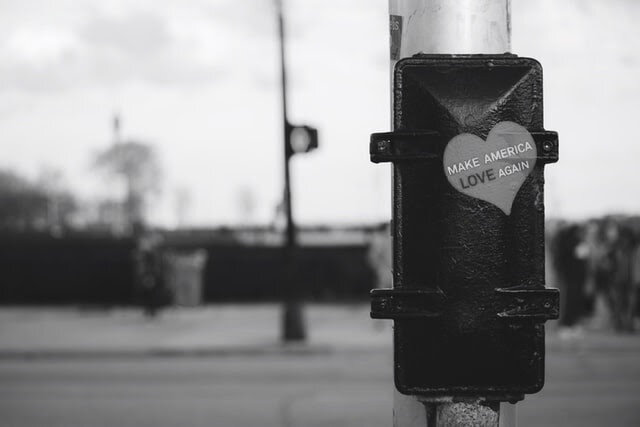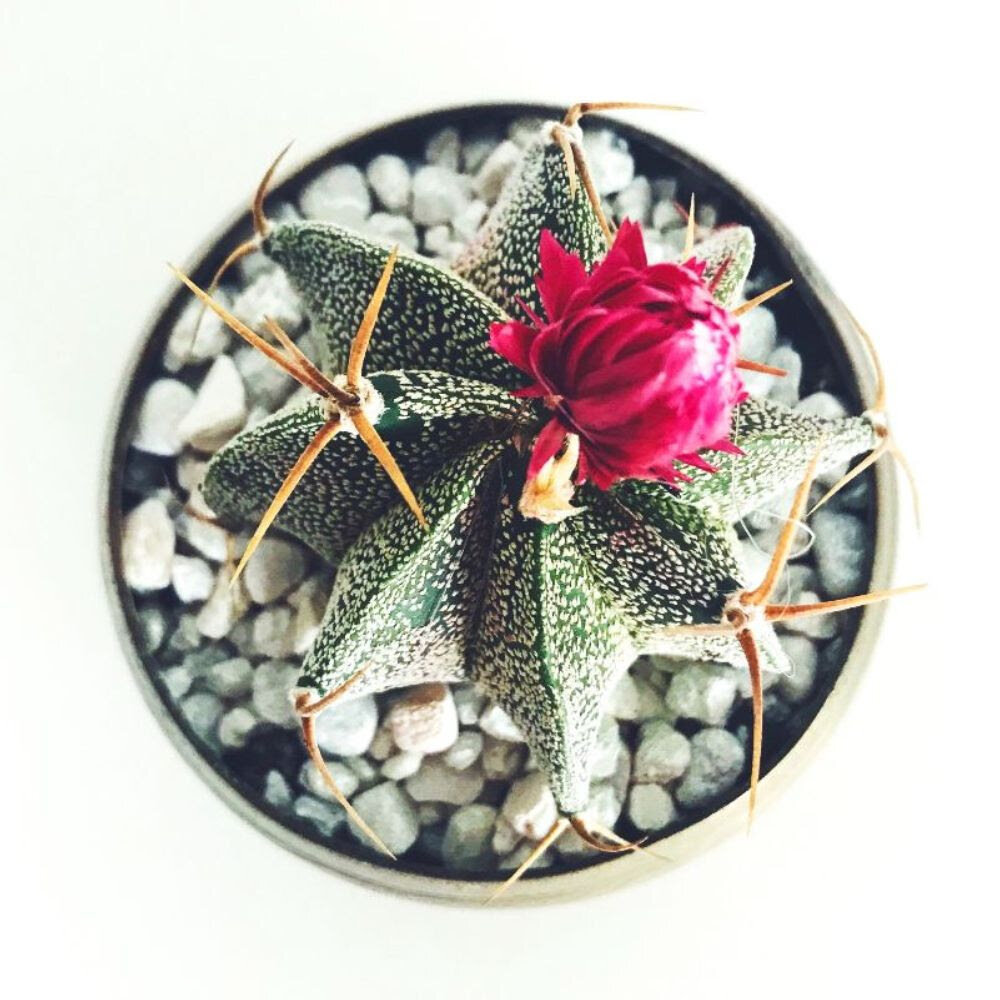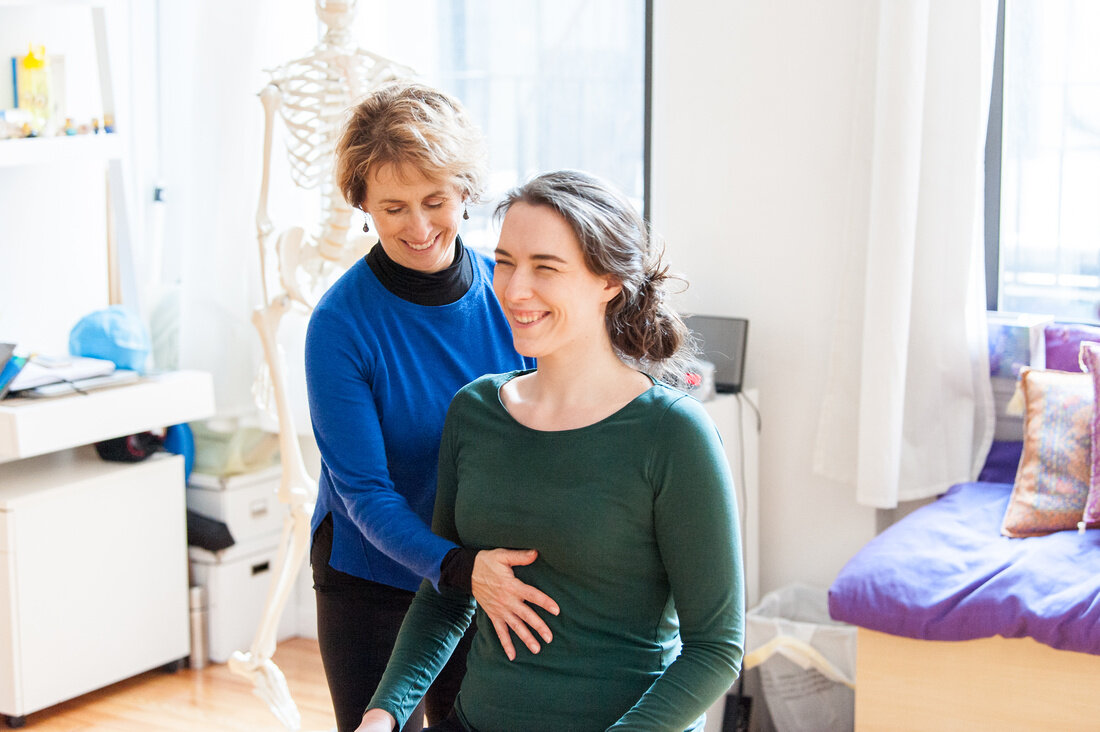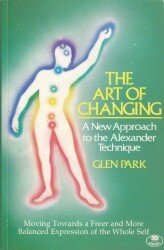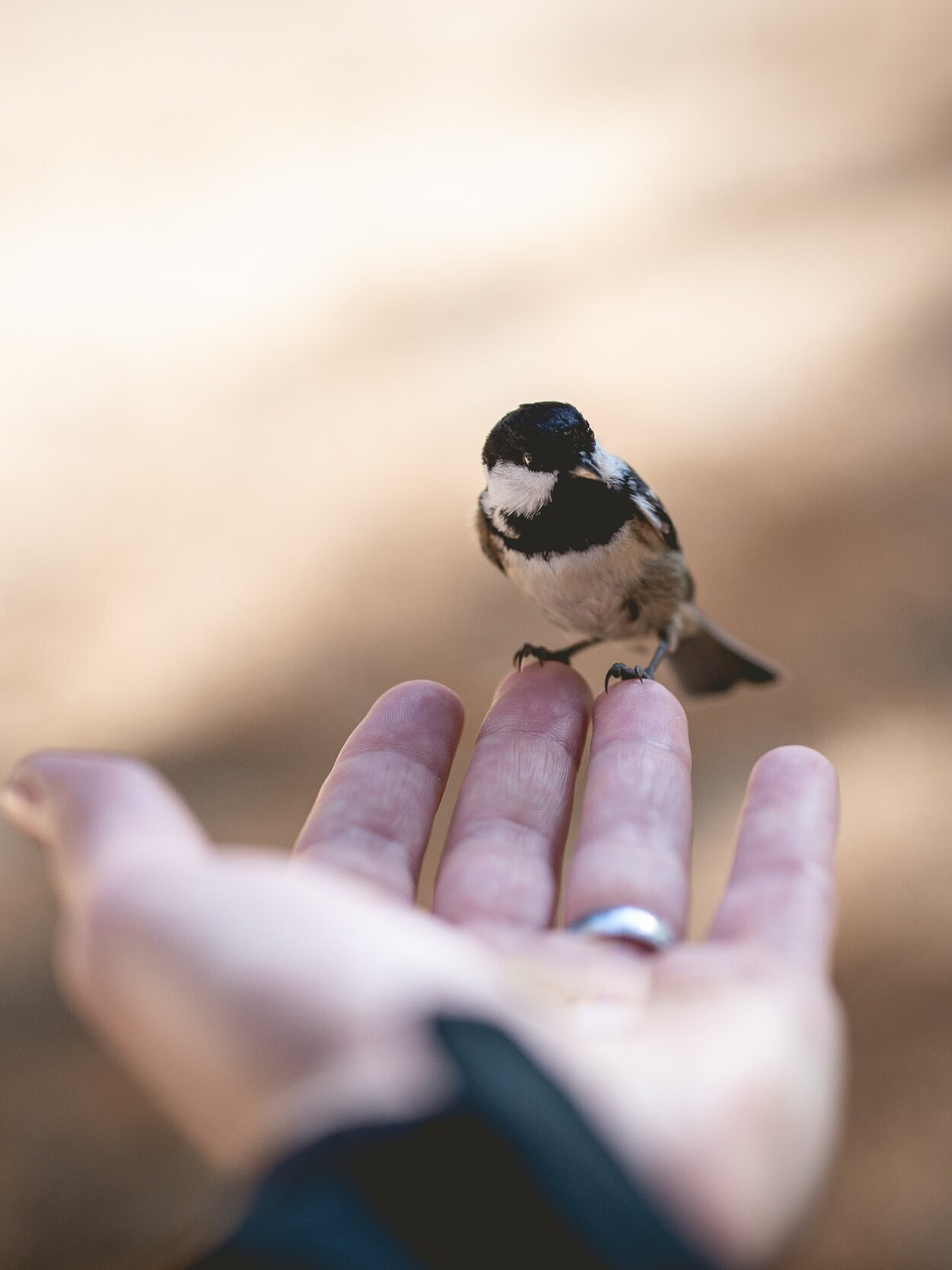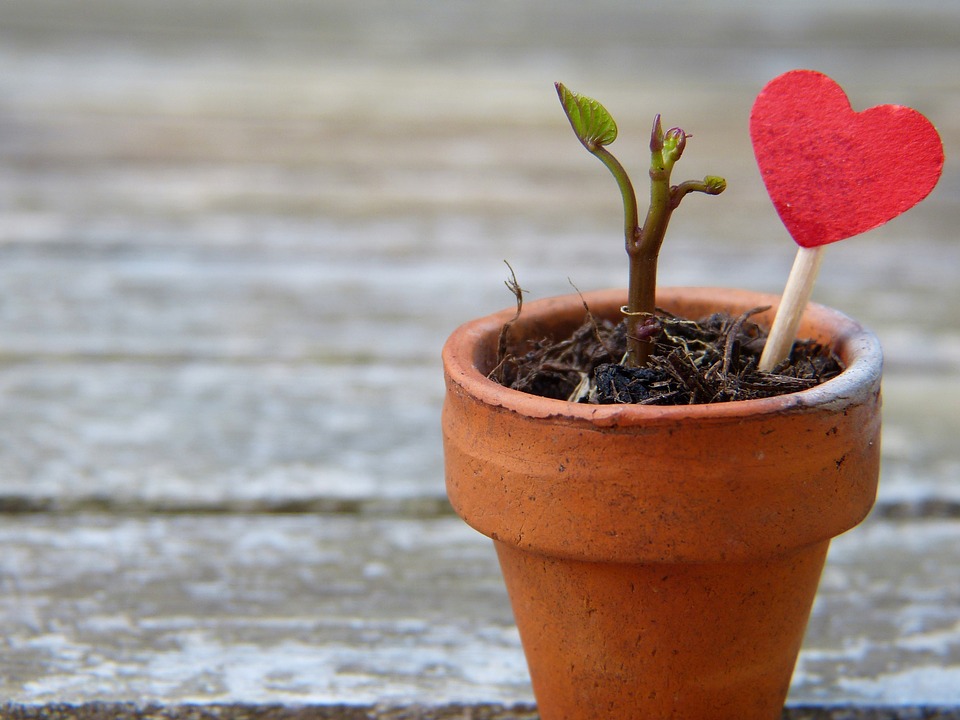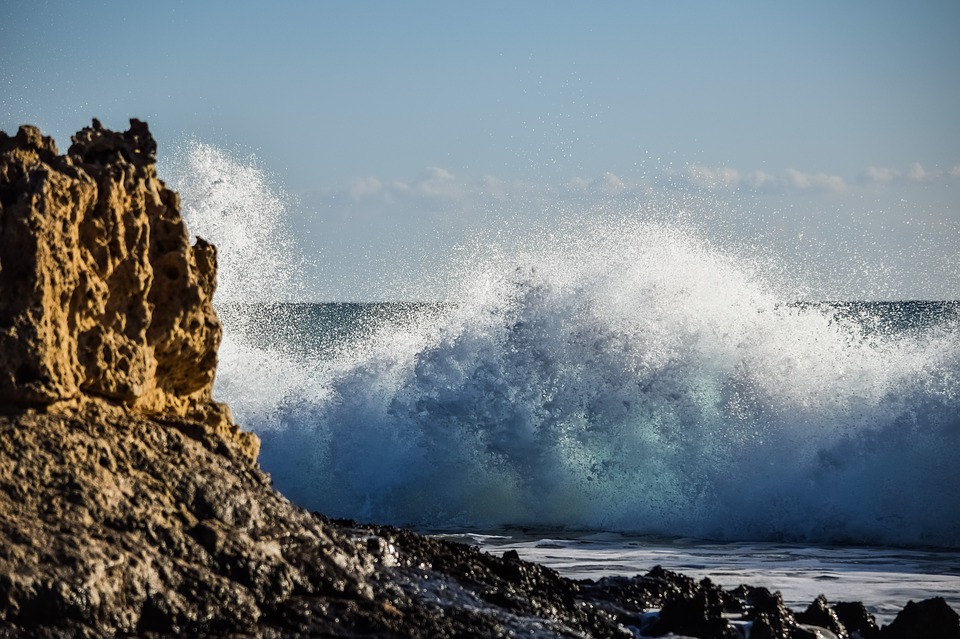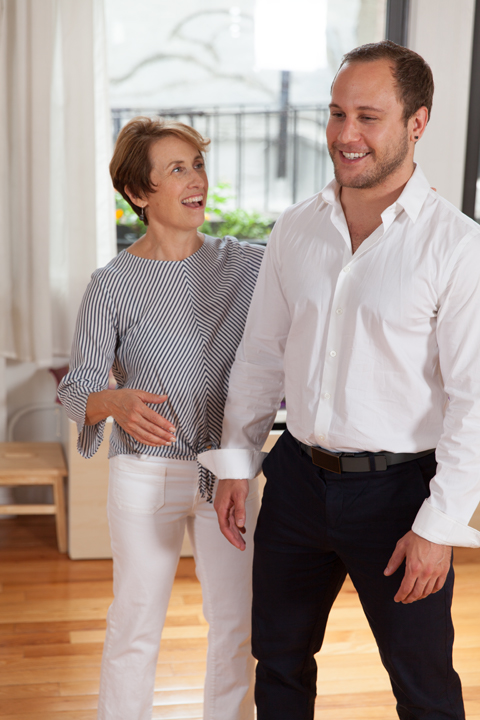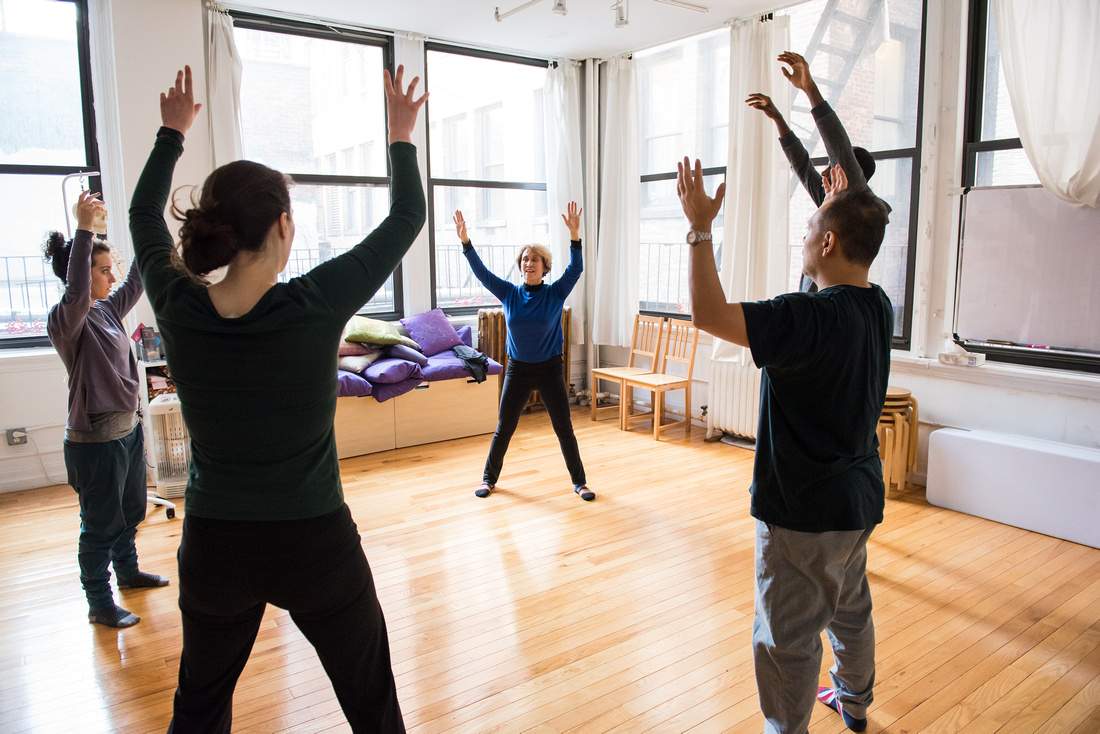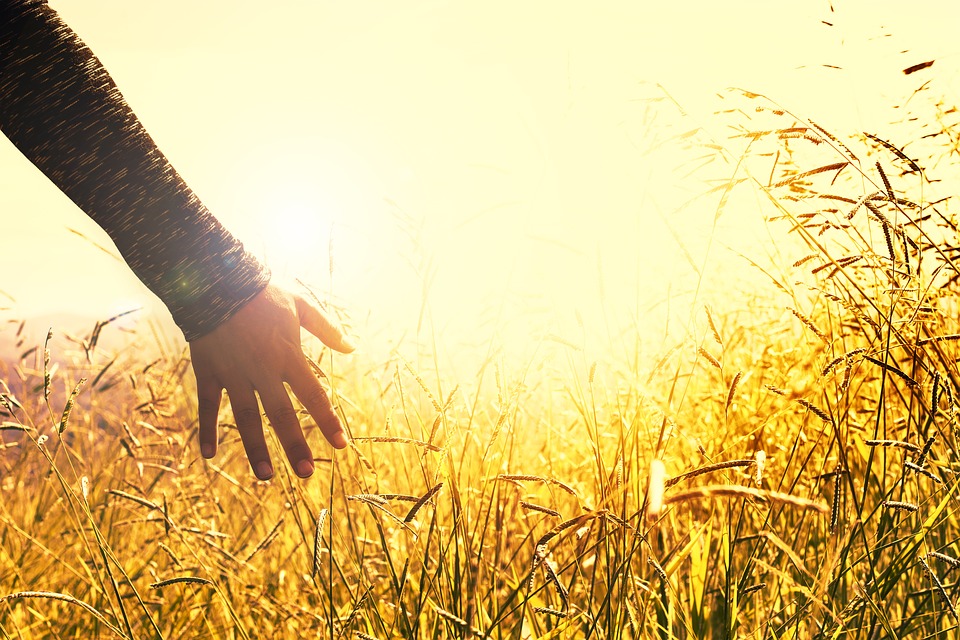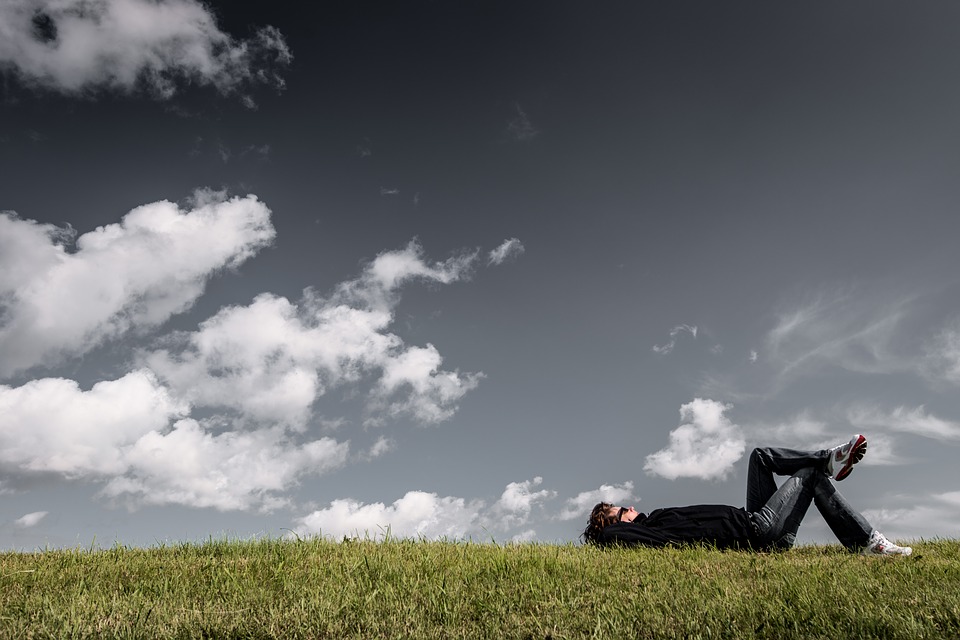
How You Move Matters
Free Alexander Technique Exercises, Tips, and Resources
Do the Work
Do the work...
This has been quite a week. Have you been listening and reflecting? Are you experiencing waves of emotions? How have you been expressing your feelings and thoughts?
Tragically, it's taken the heart-breaking deaths of George Floyd, Breonna Taylor, Ahmaud Arbury to bring us together in calling for action. Because Black Lives Matter!
As the systemic racial injustice has been exposed, we can no longer avoid acknowledging the ongoing discrimination in our own lives and community.
So even within a small studio like ATMOTION, meaningful and on-going reflection must be undertaken. We are listening and educating ourselves, finding our blind spots, We're learning with humility what we need to embody more clearly, where we need to act with more courage. I want our AT studio and practice to be a strong space and a safe place. That's why I'm committing to the long game - to the ongoing work of ending racism and oppression. It's been a week of sending donations and emails, joining rallies and marching. And what can I do next week and all the weeks after? Show up and do the work. With love.
“The practice of love offers no place of safety. We risk loss, hurt, pain. We risk being acted upon by forces outside our control.”
― Bell Hooks, All About Love: New Visions
Here's something I wrote in an earlier blog post - seems appropriate now:
Let's show up. Let's notice whatever it is we are feeling, and let's be steady friends: let's not run away or distract ourselves. Keep it simple, don't try to improve. We can build steadfastness - our willingness to show up and to stay - for ourselves. Just like we stay in there with our dearest friends. This is not selfish or trivial. When we refresh our intention to be present, we not only show up for ourselves, we build the inner strength for steadfast friendship with everyone. When we stay with ourselves through aches or boredom, through inpatient energy or the release of old memories, through pleasurable lightness and flow -- we build our stamina to be here and deal with the now. The decision to be present leads to recognizing the we are whole beings, that we are resilient.
Are you with me?
VOTE. IF YOU DO NOTHING ELSE - VOTE,
PLEASE VOTE!
MAKE AMERICA LOVE AGAIN
Why have an intention to show up?
One of the reasons I appreciate Pema Chôdrôn is her ease with being honest. She freely acknowledges that all of us can feel like a basket case at times, and yet we're always worthy of loving kindness. Maitri (loving kindness), an essential part of Buddhist mediation. Similarly to meditation, using Alexander Technique gives you the opportunity to get to know all aspects of yourself - you sense more and so more acutely understand your choices.
Judging ourselves for whether or not we are "getting it" or "improving" is just not useful. It's a kind of subtle aggression toward ourselves...not kindness, not friendly. I can feel that aggression creeping in this week,"it's been weeks at home, why haven't I taken the plank challenge, or written a screenplay yet"...?!
So this is what I'm doing this week, and I hope you'll join me:
Let's show up. Let's notice whatever it is we are feeling, and let's be steady friends: let's not run away or distract ourselves. Keep it simple, don't try to improve. We can build steadfastness - our willingness to show up and to stay - for ourselves. Just like we stay in there with our dearest friends.
This is not selfish or trivial. When we refresh our intention to be present, we not only show up for ourselves, we build the inner strength for steadfast friendship with everyone. When we stay with ourselves through aches or boredom, through inpatient energy or the release of old memories, through pleasurable lightness and flow -- we build our stamina to be here and deal with the now. The decision to be present leads to recognizing the we are whole beings, that we are resilient.
Are you with me?
Re-Membering: including emotions with body and mind
Re-membering?
One of the first books I read about the Alexander Technique, The Art of Changing, still inspires fresh thoughts. I recently took Glen Park’s book off the shelf (FYI in other additions is titled A New Approach to the Alexander Technique). In it I found a section on Emotional Armouring.
“Because the mind, body and emotions are all different expressions of the Self, the whole, they cannot be split off from each other, and our attempts to cut off emotions will be reflected in the body and the mind”.
I was particularly drawn to the word “re-membering”, used as a way to describe connecting the dis-membered self back into unity. This past week’s lessons and classes have focused on appreciating changes in the emotional life of the Self, the Unified Self, which is at the center of our approach to the Alexander Technique, here at AT Motion.
More to share & something you can do for yourself
Take a few minutes to observe yourself before and after each AT lesson or class. Taking notes will give you time to prepare, and then time to integrate or reflect on your experiences -- deepening them in your memory. I recommend using three categories of observations from Glen Park’s book: sensations, emotions and thoughts.
Sensations: Notice your sensations before you try to change them. It’s so compelling to fix what feels wrong or uncomfortable. Sensation is the physical intelligence data that you need to make informed decisions. You are developing the skill of making more sense of your sensations. Sensing the space around you will also reveal your personal sensations. Take a few moments to notice and then to take notes brings language to your non-verbal experiences, helping you to communicate how something affects you, even if you have to invent the words.
Emotions: Internal sensation is the basis of emotion -- it’s how we know that we are having feelings. You may notice your emotions as an overall emotional quality or mood. If you can, take time to get to know the feelings -- record them in words or drawings. Pleasurable and painful feelings can arise unexpectedly, seemingly uninvited. Emotions connected to past experiences that have not yet been expressed and released will often latch onto new but similar experiences in the present moment. If you are working through some historical/past distress, you may want to take a moment to regain balance in your attention. Notice least one pleasant thing in the surrounding place or room. Exhale softly and slowly, then let in an easy inhale so you can sigh. Taking a few moments to observe and record your emotions or mood before and after a lesson can build confidence, trust in yourself and honesty with others.
Thoughts: Sensations and emotions are reflective of the beliefs and ideas we live by. In an Alexander Technique lesson, changes or shifts from familiar ways of moving and being can provoke thoughts. You might find yourself creating inner monologues or scenarios. You might hear very critical thoughts playing out in your head, or “rules” about what is or isn’t possible. You might come up with a new idea, find an inspiration or a very deep understanding. Perspective can shift. Any thought that has a particular quality or flavor is worth noticing - and taking notes.
All of these ways of appreciating your experience will build more accurate observation skills while you re-member. And done with kindness, you will build respect for our human design for …being human!
Photo by Max Kleinen on Unsplash
Soften Rather Than Harden into Resistance
“The trick to doing this is to stay with emotional distress without tightening into aversion, to let fear soften us rather than harden into resistance.”
I recently shared a quote from the Buddhist monk Pema Chödrön about a practice for developing compassion. She proposes building empathy by imagining ourselves in a distressed person’s shoes, feeling what it’s like to be in dire circumstances. “We can expect to experience our fear of pain,” she reminds us, “Compassion practice is daring.” She invites us to learn to “relax and allow ourselves to move gently toward what scares us.”
What scares us in dire circumstances is related to what scares us in daily life. We can practice building our empathy by practicing ease in the face of daily distress. And we certainly have plenty of daily stimuli. Dealing with anything unexpected or unfamiliar can throw us off. We fear pain and also we fear the emotional stress being wrong. Many of us fear feeling the humiliation of being seen caught in a mistake. Avoidance of feeling shame keeps many people in the shell of habit, away from engaging in change.
Alexander Technique isn’t Buddhism or any kind of spiritual practice. But it does offer a means for change and receptivity. Sometimes in AT lessons, we feel unfamiliar with changes in posture or breathing. When a person is guided toward a more integrated physical presence they feel often feel more open, but also less like their usual self. Sensations, previously avoided, may be felt again.
Taking an AT lesson involves the audacity to gently and consistently let go of patterns while choosing to stay easy enough to feel more of… everything. Capable of a wide range of experience, we are designed to include it all. This is a great time to develop compassion!
Practice:
Make a tight fist. Now soften your hand and let it open and expand.
Repeat and notice the sensation of ease and un-doing. Notice how the sensation of expansion is light and multi-dimensional.
Now do the same with your neck, just for a moment. Tighten and sense how compressed your whole body becomes. And release the tightness! Sense how springy you are, how you can rebound up and out when you release your neck tension. You probably took a deep breath, too.
Without adding more tension this time, simply ask for another level of undoing in your neck. Notice how you feel when you do this – emotionally.
Can you continue to practice this simple act of softening when you see the news about refuges and immigrants? Or global warming?
Can you continue to practice this simple act of softening while you write your Mom a postcard or make a phone call?
Everything is changing - What can I count on?
Everything is changing - What can I count on?
Sometimes I crave change. When it's my own choice to change my habits, I look for change. When feeling playful, I might switch things up by instigating a change. At other times I hate change and the feeling of vulnerability that comes with unexpected change. I might then react with resentment or resistance. Change is happening all the time, and these days I often feel at odds with the rapid changes happening from the White House. When change feels out of control, what can I count on? Is there something that I can do to find support through change? How can I re-establish my sense of wholeness and unity so that my vulnerability isn’t a liability, but an aspect of my resiliency?
We’ve been training for change all our lives!
I was fortunate to grow up in place where I could wander and play outdoors with other kids for hours. We lived within the rules and limits set by our parents, but adults did not structure our play. I remember learning to climb trees by trial and error. At first, trial and error taught me about fear of falling and my tendency to let fear discourage me or stop me from moving completely. I saw how the other kids who could climb easily had a fearless attitude. I mimicked them; I stole their moves and their upward intensity. I developed a pattern of hand and footholds that allowed me to feel confident in getting up and down from one my favorite maple trees. I learned how light and free I was when I believed it was possible — I just had to follow the “up” in my being and my movement, not resist it. My upward intention and energy made it fun.
In Alexander Technique, and movement-based practices, there is an emphasis on liberating the “up and out” direction of our core posture and coordination. A former AT student (Joan Brittain) sent me an email about returning to her T’ai chi class after a very stressful time away:
Our teacher David said I missed some stuff but one of the things everyone needs to keep working on is keeping the "ding" up--keeping the crown of the head up--through every movement. As he demonstrated this, I thought, "Oh yeah, Alexander's primary control." Then, he said, looking me in the eye, that, ideally, we would maintain an awareness of the ding and of keeping our "frame" as we move, at every moment. And, I said with a certain look in my eye (you know that look), "Yeah, we could." He stopped, surprised, and repeated what I'd said under his breath, then chuckled, and moved on to his next point.
The ideal of keeping an upward direction going all the time seems like a tough expectation, but if we are treat ourselves as the lively and whole beings we are, we can experience an appreciation of an on-going process – and develop a sense of humor about the ebb and flow or trial and error in that process.
One thing we can surely count on is the constant state of change, and our intrinsic mind/body unity. Our unity or psychophysical wholeness is reflected in our design for freedom of thought and freedom in action.
Your “primary control” or “ding” or “upward intention” can be counted on to be constantly available. Your energy is always going on, and you are always organizing through your head/neck/back relationship, up and/or down. When any of us are afraid, we pull downward or inward. When we tighten down we interfere with our intrinsic response to gravity, we feel our discouragement, and we sense our reluctance to be moving. The way back to resiliency, and to grace, is through awareness of choice and willingness to let go of resistance. It can be as simple as unclenching your fist or agreeing to let your ribs be spring-y as you breathe. Releasing your thought/movement is an opening for a new direction and a renewed sense of wholeness. You can count on your natural design; you are a cohesively unified thinking, feeling and moving being.
F.M. Alexander’s 4th and last book, written in the 1930s and 40s at a difficult period of change and war emphasizes the significance of approaching action through an understanding of the psychophysical unity of self. He believed that with knowledge comes the responsibility to use that knowledge well. The book is titled, The Universal Constant in Living.
Suggestions for Recovering from Stress, Trauma, or Grief (+ Free AT Exercises)
Here are some simple grounding steps one can take to reconnect with self and to the present.
You may already be using an effective means of coping – bravo – this is meant to encourage and support your personal process. Do as much as feels safe in the place you are in right now – you may be surprised by how much that is!
Take your time; allow each thought to settle in. You are whole and you are sound, regardless of how you are feeling right now.
Notice your skin all over: open up to sensation
Are you breathing? Holding the breath blocks feelings; while this may feel protective, it can impede your recovery. Go back to the first step, start again without holding your breath.
Include the awareness that you are sitting or standing on the ground, on the earth
Acknowledge your relationship to the earth through the grounding effects of gravity. As you let go of holding up your weight, your system responds by lightly expanding up and out. You are safe to “undo” because you are supported.
Are you breathing? Breathing is easier when we have released some of the pressure of working against (or collapsing into) gravity
Now include awareness of the space you can see in this moment. Lightly remind yourself that you are more substantial when you expand into the space than you are when you contract from it.
Now incorporate the space outside your visual field in this moment, hear the sounds and let them pass by.
Notice how you feel while continuing to be as present as possible with the awareness you’ve gained. I hope this is helpful – feel free to pass it on to anyone you think can make use of it.

